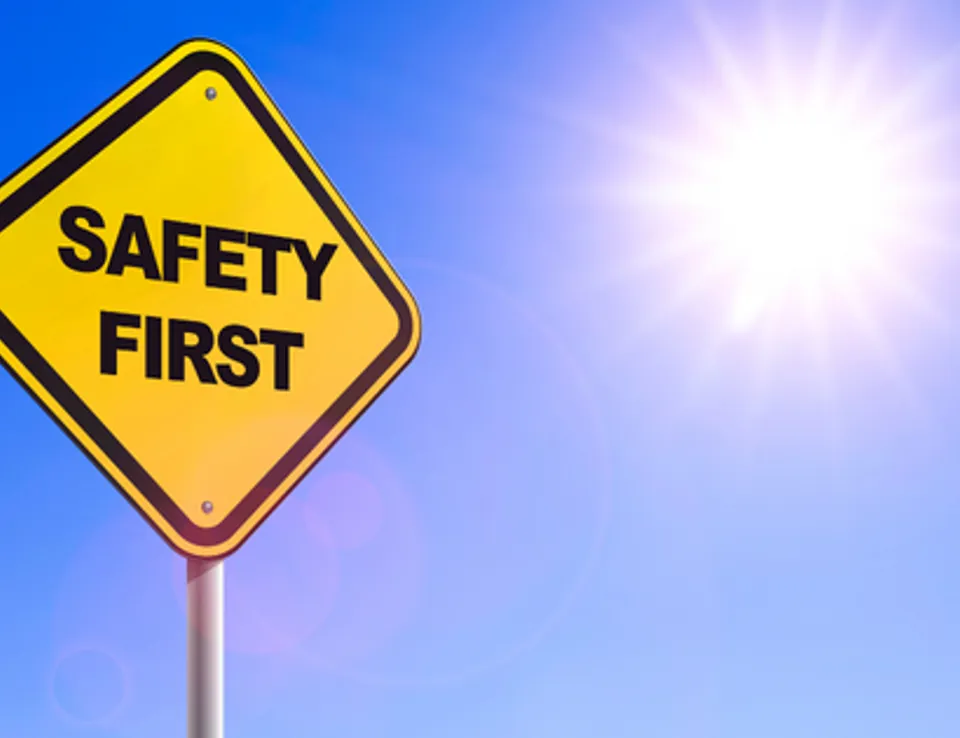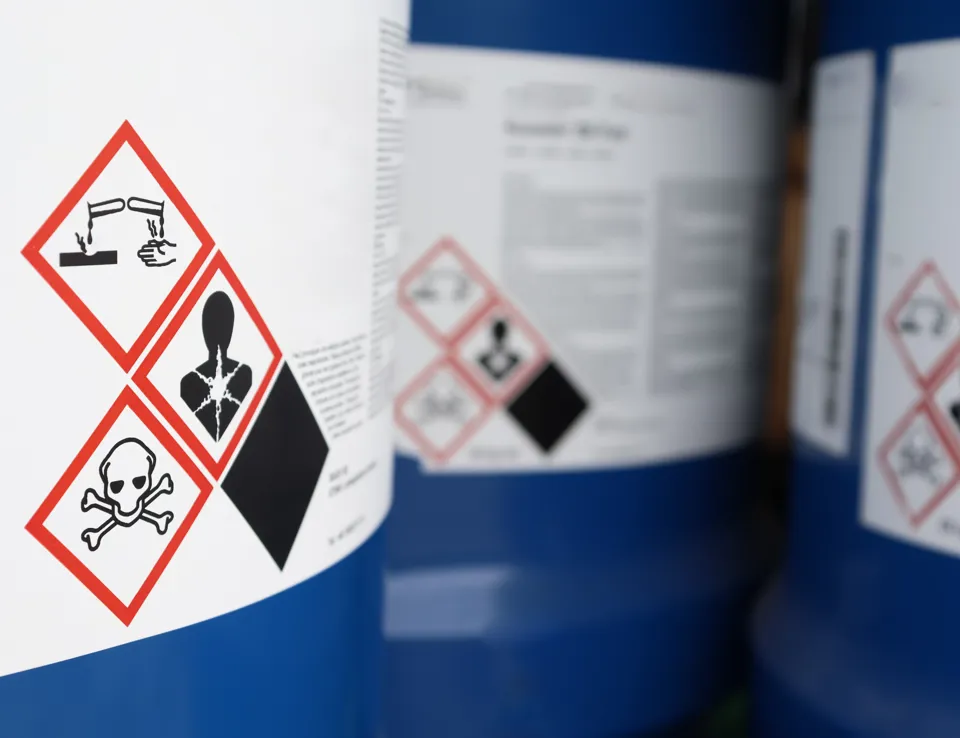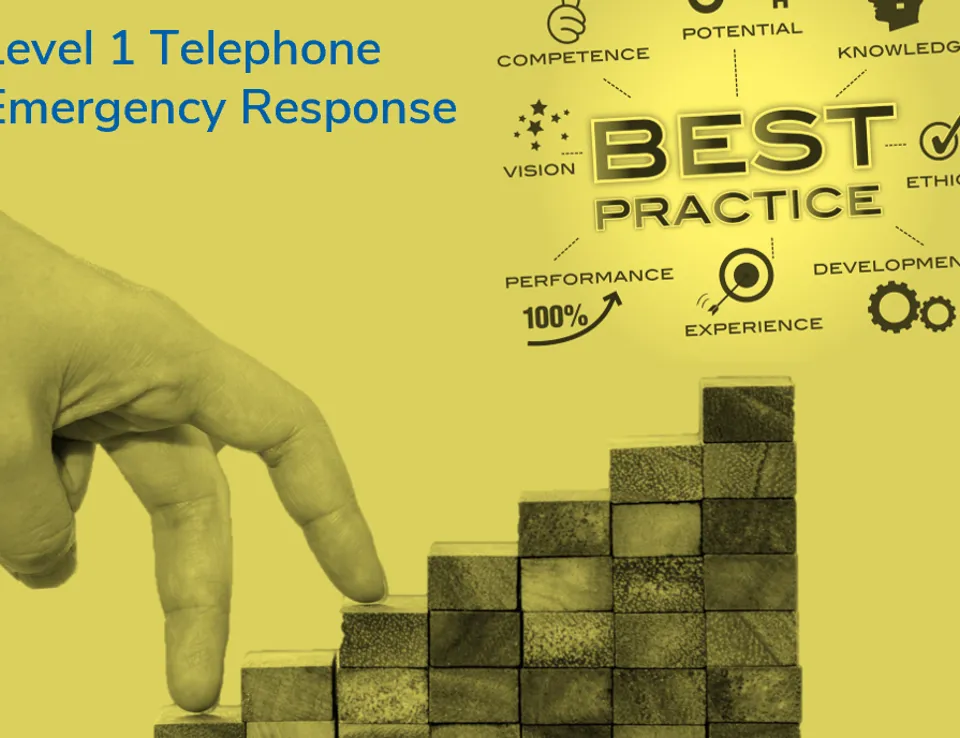
The subject matter experts at the Hazmat Academy, most of them current or ex-first responders themselves, have developed a structured ‘eight phase approach to incident scene management’. These eight phases cover everything from pre-planning for a hazmat incident, tactical planning and the implementation of a tactical plan, dealing with priority rescues with limited resources, the closing down and post incident considerations including crew welfare, the importance of debriefing, and, sharing the lessons learnt.
Eight phase approach to incident scene management – a structured approach to safely resolving hazmat incidents
Our hazmat experts take a detailed look at each of the eight phases of incident scene management and how responders from both the public and private sectors can best prepare themselves to deal with hazmat incidents. If you respond to such incidents, whether that be as an operational crew member or in an incident command capacity, or are involved in the training of response teams, this virtual series aims to help you be safe, effective, competent, and confident when responding to an incident involving hazardous materials.
Phase 1 – Pre-planning and risk awareness
During this webinar, the panel highlighted the importance of developing a risk awareness mindset and planning for these risks. This covered the first four phases of integrated emergency management – anticipation, assessment, prevention, and preparation activities – which should all take place prior to an incident occurring.
Phase 2 – Mobilisation and safe approach to an incident
Phase 2 looks at the considerations upon mobilisation to a hazmat incident and how to make a safe approach. During this webinar, our panel discussed key topics such as safe approach routes, early identification of the substance involved, cordons, incident location, and early information gathering. The webinar concluded with a discussion around making the final approach to a hazmat incident and showcased the vital part control room employees play during this phase.
Phase 3 – Arrival at the incident
This webinar considers the immediate steps that should be taken upon arrival at a hazmat incident. This starts with an initial dynamic risk assessment, and communicating with the on-site response team, the responsible person and the owner or occupier. Our panel discuss the different ways of carrying out a full assessment of the incident scene and the importance of performing life-saving activities such as a snatch rescue.
Phase 4 – tactical planning during the incident
Once life-saving activities have been conducted and the responders have the necessary preliminary information about the incident, phase 4 looks at the tactical planning on how to implement the plan. This phase includes resource considerations such as personal protective equipment (PPE) required and the importance of a decontamination strategy. This eBook looks at how to contain and control the hazardous material(s), set up an environmental protection plan, stabilise the scene and the critical role played by the hazmat adviser.
Phases 5 and 6 – implementing the tactical plan and development of the incident
Theses phase are all about following the tactical plans that must now be in place and considering the need to constantly monitor the incident and be prepared to change plans depending on new developments. For phase 5, our experts look at the factors the hazmat adviser must consider before making any final decisions. For phase 6 , they focus on how, during a hazmat incident, to move forward when there is a need to scale up and bring in extra resources or relief crews, or scale down. These phases look at the various other ways that the same incident can be brought to a successful conclusion alongside looking at multi-agency, collaborative working as hazmat incidents usually require several organisations to bring them to a conclusion.
Phase 7 and 8 – closing down and handover, and post incident considerations
During these final phases, our experts discussed the vital importance of carrying out the same amount of diligence in these phases as the early stages. Our panel looked at the different agencies that a Hazmat Adviser might need to work with and how to hand the incident over to the relevant organisation. This includes next steps such as staff welfare, documenting the incident, safely disposing off contaminated PPE kits and considering the lessons learnt during the incident for future responses.
Solutions for your business
Our chemical response experts provide a range of training courses tackling each and every aspect of hazmat incidents. The accredited courses can be delivered either in person, via distance learning or a combination of both, and course content can be tailored for your bespoke training requirements.





 Follow Ricardo plc for regular updates
Follow Ricardo plc for regular updates





